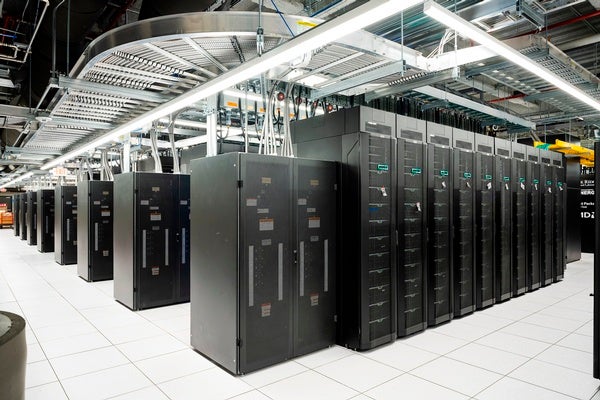 |
| February 09, 2023 |
 |
| |
| |
| |
| |
| Exercise We Can Make Football Safer Through better equipment, improved knowledge of head injury, and better medical care, we can mitigate the effects of concussion at all levels of football | | | | |
| Climate Change Inside the Race to Find Earth's Oldest Ice A global race is on to drill for the oldest known layers of Antarctic ice so researchers can peer back in time to a warmer climate to better understand the planet’s hotter future | | | | |
| Climate Change Solving Cement's Massive Carbon Problem New techniques and novel ingredients can greatly reduce the immense carbon emissions from cement and concrete production | | By Mark Fischetti,Nick Bockelman,Wil V. Srubar | | | |
| Artificial Intelligence Coming Soon to Your Podcast Feed: Science, Quickly A new era in Scientific American audio history is about to drop starting next week—get ready for a science variety show guaranteed to quench your curiosity in under 10 minutes. |  | By Jeffery DelViscio,Tulika Bose | 04:10 | | | |
FROM THE STORE
 | |
Mathematics in the 21st Century One of the most powerful tools in the science arsenal, mathematics allows scientists across disciplines to test hypotheses about the real world. In this eBook, we look at important recent advances in the field and examine the role of modeling and statistical analysis in understanding biology, physics, politics and more. |  | | |
FROM THE ARCHIVE
 | | | |
| |
| |
LATEST ISSUES
 |
| |
| Questions? Comments?  | |
| Download the Scientific American App |
| |
| |




